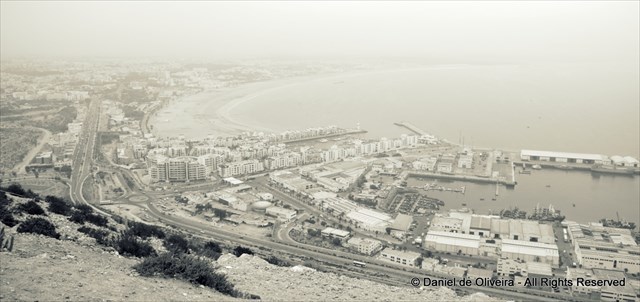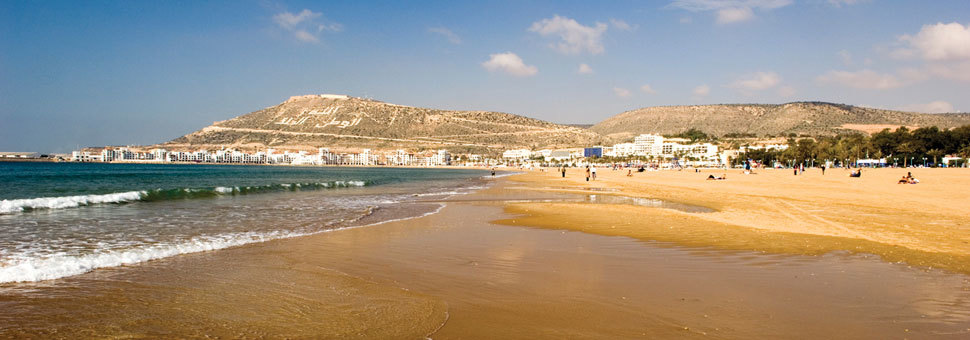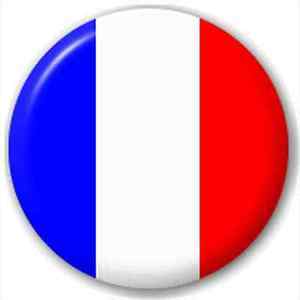

Chester Keeler Wentworth was born in Aspen, Colorado, on May 7, 1891, one of five children of Frank Louis Wentworth and Anna Maria Keeler Wentworth. Chester graduated from the University of Chicago with an A.B. degree in geology in June 1918. Chester took his M.S. degree in 1921, and his Ph.D. in 1923, both at the University of Iowa. It was during his time as a student at Iowa that Chester’s unusual combination of aptitudes led to the achievement for which he is most widely known — the Wentworth scale for the classification of clastic sedimentary rocks.
Chester K. Wentworth, Fellow of The Geological Society of America since 1923, died in Hilo, Hawaii, on January 6, 1969, after several years of illness. He is survived by his widow, Juliette Oliveira Wentworth, and by two sons by a former marriage, Robert and Gordon. Another son, Thomas, was killed in France in 1944.

The original scale was devised in 1898 by the American sedimentary petrologist J.A. Udden was adapted (1922) by C.K. Wentworth, who expanded the definitions of the various grades to conform with actual usage by researchers; most sedimentologists have adopted the Udden scale with the Wentworth modifications.

Grain size
Grain size scale, in sedimentology, division of a continuous range of particle sizes into a series of discrete groups. Several such scales have been devised for the purpose of standardizing terms and providing a basis for statistical analysis. On most scales, the finest particles are designated clay, followed by silt, sand, granules, gravel, pebbles, cobbles, and boulders. The size limits for each grade vary from scale to scale.
In order to claim a find in this EarthCache you have to get yourself to the coordinates supplied. There, answer the following three (3) questions:
1. Using the Wentworth Scale in the listing classify the beach sand (sediment) according to grain size.
2. Examine the sediment composition closely and tell me whether the sediment if mono (only one type of material) or multimineralic (more than one type of material)?
3. Do you see evidence of the presence of shell fragments? Yes or no?

Chester Keeler Wentworth est né à Aspen, Colorado, le 7 mai 1891, l'un des cinq enfants de Frank Louis Wentworth et Anna Maria Keeler Wentworth. Chester est diplômé de l'Université de Chicago avec un B.B. diplômé en géologie en juin 1918. Chester a obtenu son diplôme de M.S. diplôme en 1921, et son doctorat. en 1923, tous deux à l'Université de l'Iowa. C'est à l'époque où il étudiait dans l'Iowa que la combinaison inhabituelle d'aptitudes de Chester a conduit à la réalisation pour laquelle il est le plus connu - l'échelle de Wentworth pour la classification des roches sédimentaires clastiques.
Chester K. Wentworth, membre de la Société géologique d'Amérique depuis 1923, est décédé à Hilo, Hawaï, le 6 janvier 1969, après plusieurs années de maladie. Il laisse dans le deuil sa veuve, Juliette Oliveira Wentworth, et deux fils d'un ancien couple, Robert et Gordon. Un autre fils, Thomas, a été tué en France en 1944.

L'échelle originale a été conçue en 1898 par le pétrologue sédimentaire américain J.A. Udden a été adapté (1922) par C.K. Wentworth, qui a élargi les définitions des différentes catégories pour se conformer à l'utilisation réelle par les chercheurs; la plupart des sédimentologues ont adopté l'échelle d'Udden avec les modifications de Wentworth.
Échelle granulométrique, en sédimentologie, division d'une gamme continue de tailles de particules en une série de groupes discrets. Plusieurs échelles ont été conçues pour normaliser les termes et fournir une base pour l'analyse statistique. Sur la plupart des échelles, les particules les plus fines sont désignées argile, suivies par le limon, le sable, les granules, le gravier, les cailloux, les galets et les rochers. Les limites de taille pour chaque catégorie varient d'une échelle à l'autre.
Afin de réclamer une trouvaille dans ce EarthCache vous devez vous rendre aux coordonnées fournies. Là, répondez aux trois (3) questions suivantes:
- En utilisant l'échelle de Wentworth dans la liste, classer le sable de la plage (sédiments) en fonction de la taille du grain.
- Examinez la composition des sédiments de près et dites-moi si le sédiment est mono (un seul type de matériau) ou multiminéral (plus d'un type de matériau)?
- Voyez-vous des preuves de la présence de fragments de coquille? Oui ou non?

 The most exciting way to learn about the Earth and its processes is to get into the outdoors and experience it first-hand. Visiting an Earthcache is a great outdoor activity the whole family can enjoy. An Earthcache is a special place that people can visit to learn about a unique geoscience feature or aspect of our Earth. Earthcaches include a set of educational notes and the details about where to find the location (latitude and longitude). Visitors to Earthcaches can see how our planet has been shaped by geological processes, how we manage the resources and how scientists gather evidence to learn about the Earth. To find out more click HERE.
The most exciting way to learn about the Earth and its processes is to get into the outdoors and experience it first-hand. Visiting an Earthcache is a great outdoor activity the whole family can enjoy. An Earthcache is a special place that people can visit to learn about a unique geoscience feature or aspect of our Earth. Earthcaches include a set of educational notes and the details about where to find the location (latitude and longitude). Visitors to Earthcaches can see how our planet has been shaped by geological processes, how we manage the resources and how scientists gather evidence to learn about the Earth. To find out more click HERE.